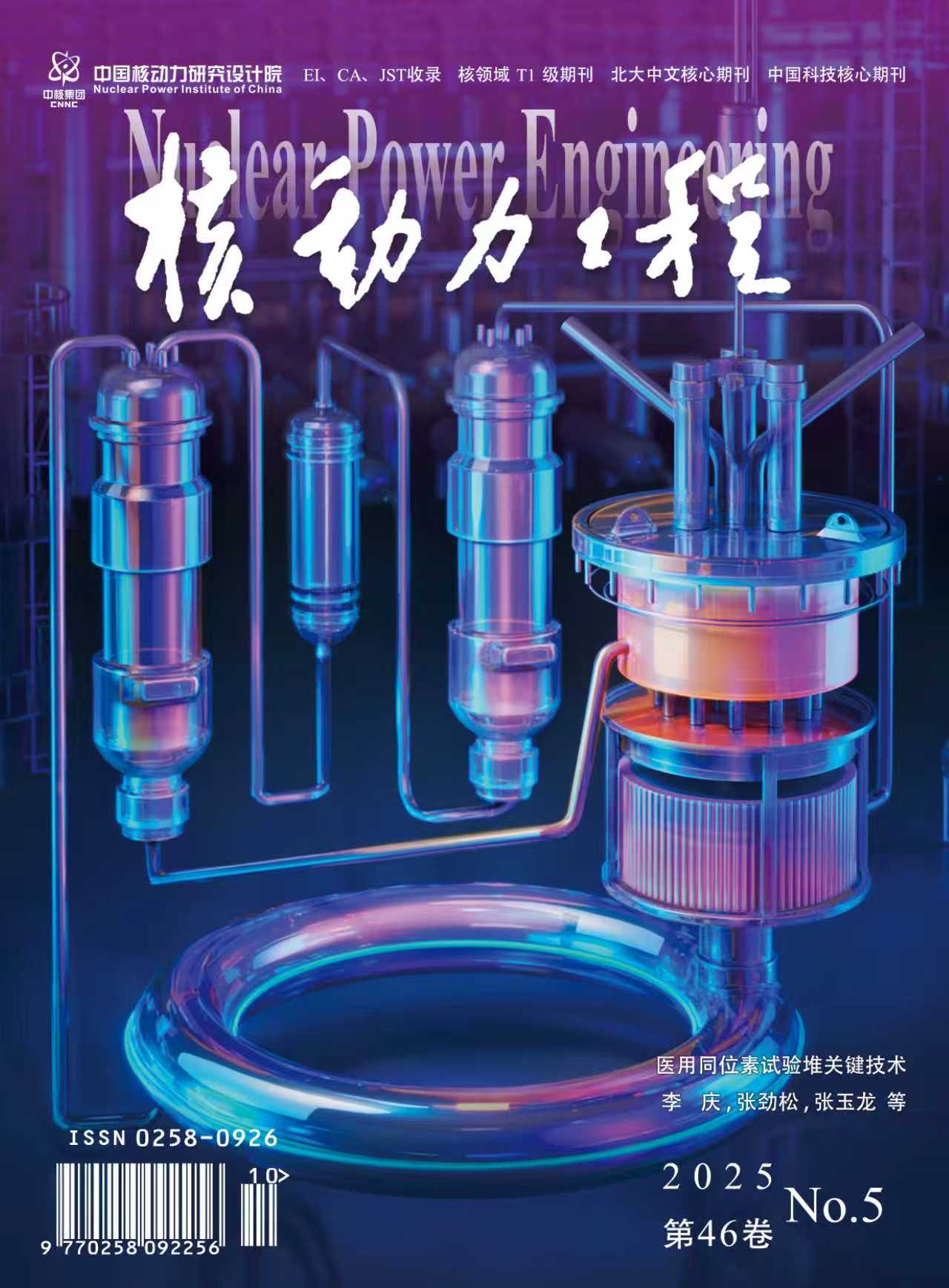2004 Vol. 25, No. 5
Display Method:
2004, 25(5): 385-389.
Abstract:
2004, 25(5): 390-394,412.
Abstract:
2004, 25(5): 395-398,416.
Abstract:
2004, 25(5): 399-402.
Abstract:
2004, 25(5): 403-407.
Abstract:
2004, 25(5): 408-412.
Abstract:
2004, 25(5): 413-416.
Abstract:
2004, 25(5): 417-420,429.
Abstract:
2004, 25(5): 421-425.
Abstract:
2004, 25(5): 426-429.
Abstract:
2004, 25(5): 430-433,451.
Abstract:
2004, 25(5): 434-438.
Abstract:
2004, 25(5): 439-443.
Abstract:
2004, 25(5): 444-451.
Abstract:
2004, 25(5): 452-456,480.
Abstract:
2004, 25(5): 457-462.
Abstract:
2004, 25(5): 463-465,480.
Abstract:
2004, 25(5): 466-469.
Abstract:
2004, 25(5): 470-474.
Abstract:
2004, 25(5): 475-477.
Abstract:
2004, 25(5): 478-480.
Abstract:



